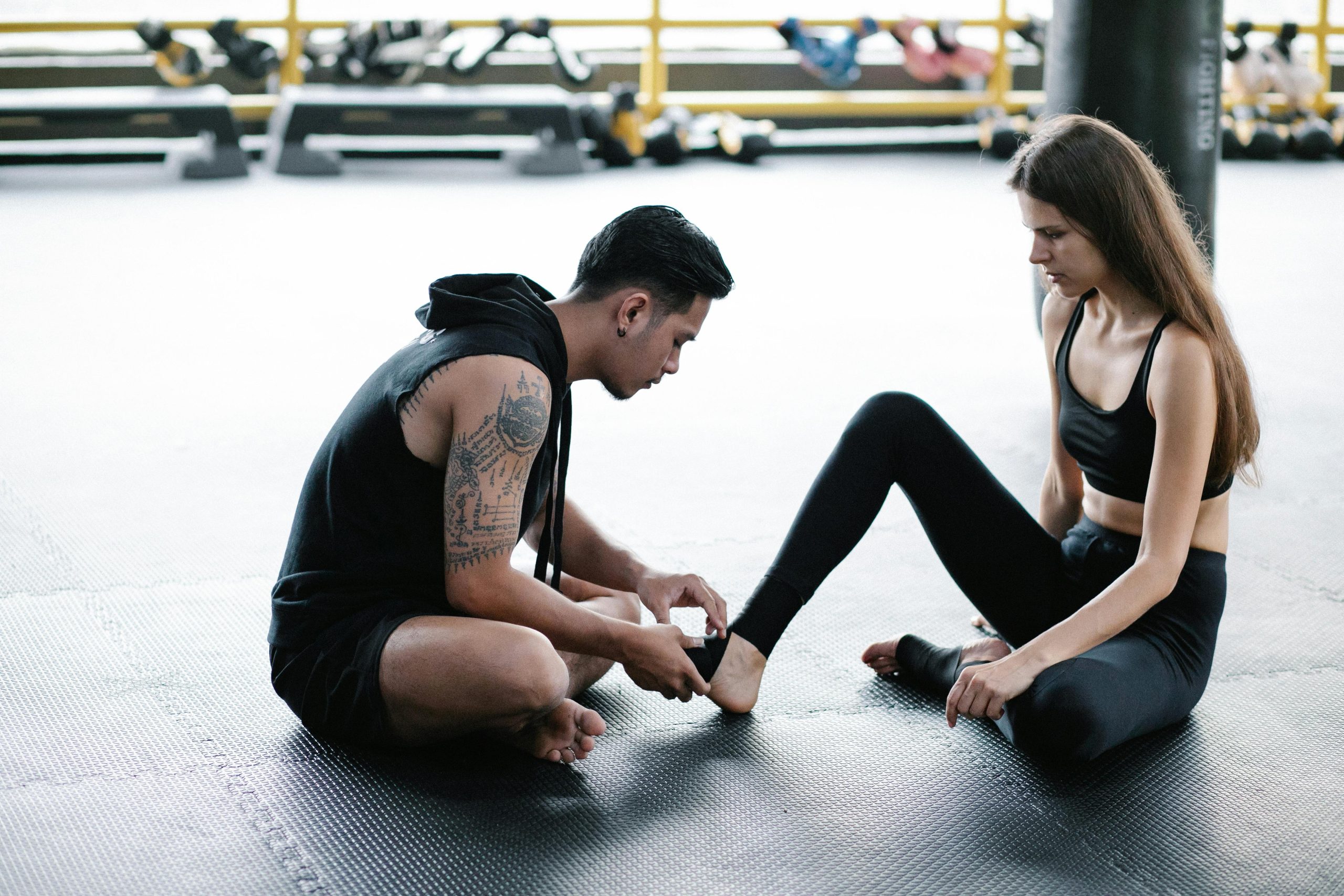Is It Soreness or an Injury? How to Tell the Difference

A tough workout. A long walk. A busy weekend in the garden. It’s normal to feel some aches after using your body more than usual. But sometimes pain is a sign of something more. How do you know when it’s simple muscle soreness—and when it might be an injury that needs attention?
What Soreness Feels Like
Soreness is your muscles reminding you they’ve worked harder than they’re used to. It’s common when you start a new activity or increase the intensity. Typical signs include:
- A dull ache or stiffness in the muscles you used most
- Discomfort that shows up a few hours later and is often worse the next day
- Easing gradually over a few days
- Feeling better with gentle movement or stretching
In short: it’s widespread, predictable, and temporary.
What an Injury Feels Like
An injury tends to feel different. While everyone’s experience varies, here are some common warning signs:
- Sudden, sharp pain while you’re active
- Pain in a joint rather than a muscle
- Swelling, bruising, or warmth in the area
- Pain that doesn’t improve—or gets worse—after a few days
- Difficulty moving comfortably or putting weight on the area
These are signals to take seriously and a reason to pause what you’re doing.
How to Respond
- For soreness: keep moving gently, stretch, stay hydrated, and give your body a couple of days to recover. Warm baths or heat can help ease stiffness.
- For suspected injury: stop the activity, rest the area, and seek advice if the pain lingers or limits what you can do.
Listen to Your Body
Soreness usually feels like tired muscles; injury feels like something’s not right. Paying attention to the type and timing of pain will help you work out the difference. If in doubt, ease off and check in with a professional.
Sources
- NHS: Muscle, bone and joint injuries
- Harvard Health: Muscle soreness and how to relieve it
- Healthline: DOMS vs Injury
Photo by Annushka Ahuja:pexels

